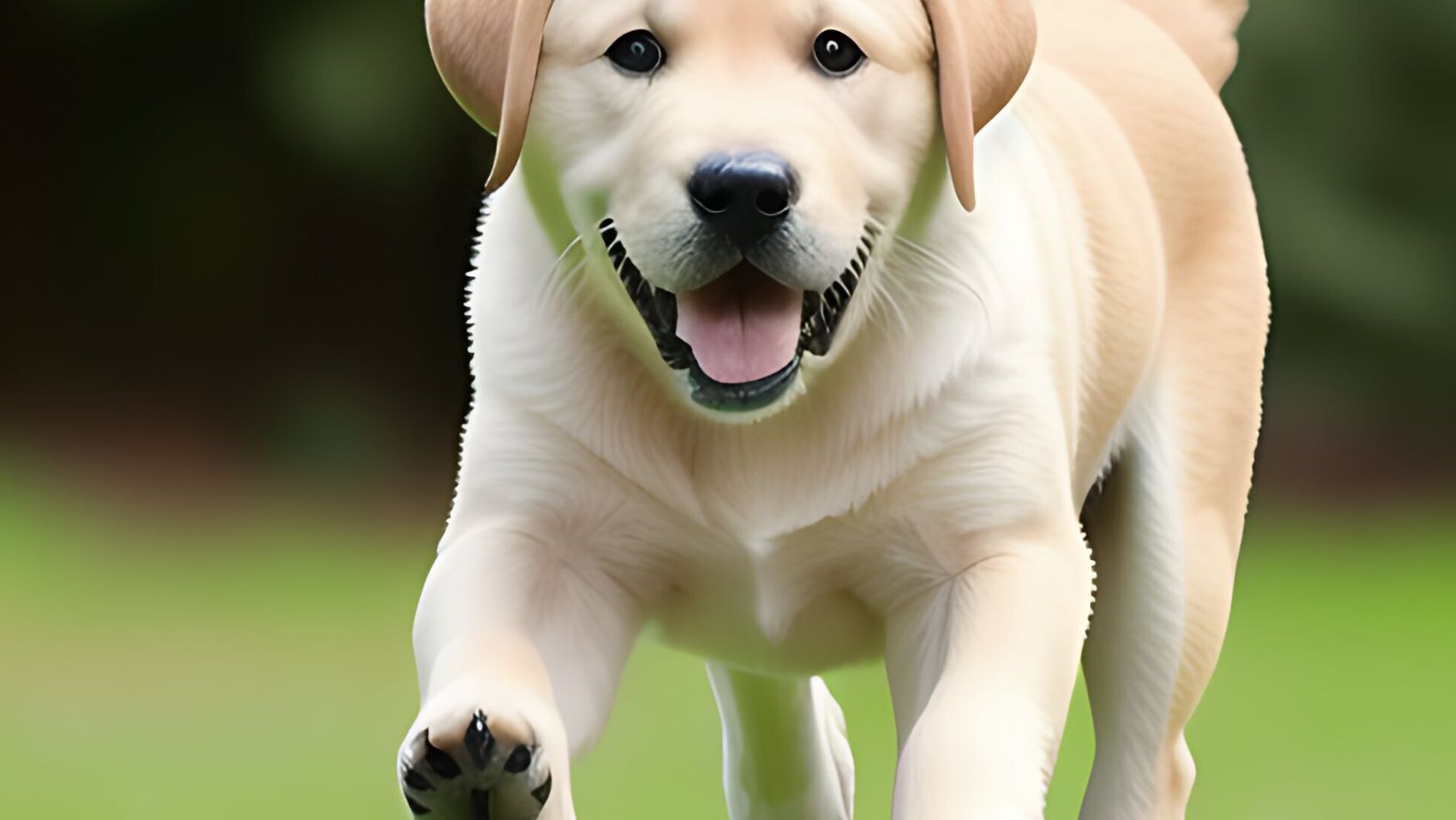How to Stop my Dog from Chewing
Are you tired of coming home to find your Labrador’s favorite chew toy destroyed or your furniture gnawed to bits? If so, you’re not alone. Many Labrador owners struggle with their dogs’ chewing behavior. But don’t worry, I’m here to help! In this article, I’ll share some valuable tips on how to prevent your chewing Labrador from wreaking havoc in your home.
One effective strategy is to provide plenty of appropriate chew toys for your Labrador. Labradors have a natural instinct to chew, and by giving them suitable outlets for this behavior, you can redirect their attention away from destructive items. Look for sturdy toys made specifically for strong chewers and rotate them regularly to keep things interesting.
Another important step in curbing chewing habits is proper supervision and confinement. When you can’t actively supervise your dog, it’s crucial to confine them in a safe area such as a crate or a designated room with minimal tempting objects within reach. This will prevent them from getting into trouble and give you peace of mind when you’re not around.
Understanding the Reasons for Chewing Behavior
When it comes to dealing with a chewing Labrador, it’s crucial to understand the underlying reasons behind this behavior. Dogs chew for various reasons, and by gaining insight into these motives, we can take proactive steps to prevent excessive chewing. Here are a few key factors to consider:
- Teething: Just like human babies, puppies go through teething phases where their gums feel uncomfortable or itchy. Chewing helps alleviate this discomfort and facilitates the eruption of new teeth. It’s important to provide appropriate chew toys during this time to redirect their attention away from destructive chewing.
- Boredom and Lack of Stimulation: Labradors are energetic and intelligent dogs that thrive on mental and physical stimulation. If they do not receive adequate exercise or mental enrichment, they may resort to chewing as a means of entertainment or release of pent-up energy. Engaging your Labrador in regular exercise routines, interactive play sessions, and puzzle toys can help curb their urge to chew.
- Anxiety and Stress: Like humans, dogs can experience anxiety and stress in certain situations such as separation anxiety when left alone or fear triggered by loud noises or unfamiliar environments. Chewing provides them with an outlet for relieving anxiety and soothing themselves. Addressing the underlying causes of stress through training techniques, desensitization exercises, or seeking professional help if necessary can significantly reduce excessive chewing.
- Dental Issues: Sometimes dogs may chew excessively due to dental problems such as tooth decay, gum inflammation, or misaligned teeth that cause discomfort while eating or chewing on hard objects. Regular dental check-ups with your veterinarian will ensure early detection of any dental issues so that appropriate treatment can be provided.
- Lack of Training: Proper training plays a crucial role in preventing unwanted behaviors such as excessive chewing. Teaching your Labrador basic commands like “leave it” or “drop it” will enable you to redirect their attention away from inappropriate chewing objects. Positive reinforcement techniques, such as rewarding them with treats or praise when they chew on appropriate items, can also reinforce good behavior.

Providing Appropriate Chew Toys and Alternatives
When it comes to preventing chewing in Labradors, one effective strategy is to provide them with appropriate chew toys and alternatives. By offering your furry friend a variety of engaging chewing options, you can redirect their attention away from destructive behaviors and satisfy their natural urge to gnaw.
Here are some valuable tips for selecting the right chew toys and alternatives for your Labrador:
- Choose durable and safe materials: Opt for chew toys made from sturdy materials such as rubber or nylon. These are less likely to break apart, reducing the risk of your dog swallowing small pieces that could be harmful if ingested.
- Size matters: Ensure that the chew toy is an appropriate size for your Labrador. It should be large enough that they cannot easily swallow or choke on it. Avoid small toys that might pose a hazard.
- Variety is key: Dogs, like humans, can get bored with repetitive activities. To keep your Labrador engaged, offer a range of different textures and shapes in their chew toy collection. This will pique their interest and prevent them from seeking out alternative objects around the house.
- Interactive toys: Consider interactive chew toys that dispense treats or have hidden compartments. These types of toys not only provide mental stimulation but also reward your dog’s chewing behavior in a positive way.
- Rotate the selection: To maintain novelty and excitement, rotate the available chew toys every few days or weeks. This gives your Labrador something new to explore regularly while keeping their interest high.
- Supervision is essential: Always supervise your dog when they are chewing on any toy or alternative item, especially during the initial introduction phase. This allows you to ensure their safety and intervene if necessary.